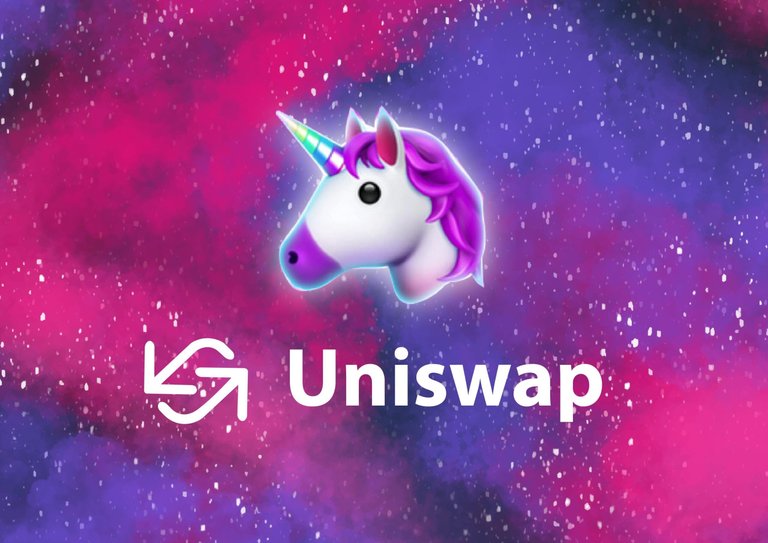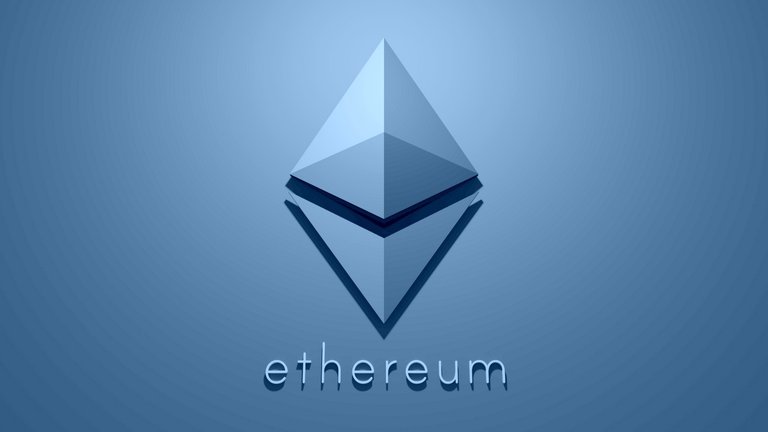Uniswap Moves to Its Own Blockchain, Unichain, Threatening Ethereum’s Dominance

Uniswap, a popular decentralized finance (DeFi) protocol, is shifting its operations to a new, independent blockchain called Unichain. This decision may pull a significant amount of value and activity away from the Ethereum network, which has been a key platform for Uniswap. Ethereum, long a cornerstone for DeFi, faces potential disruption as Uniswap—one of its most active and lucrative applications—seeks to transfer operations to its blockchain.
On October 10, Uniswap Labs, the company behind the decentralized exchange (DEX), announced plans to launch Unichain, a blockchain that will operate as an additional layer, or rollup, over Ethereum. Users will be able to stake UNI tokens, Uniswap’s native cryptocurrency, on Unichain, earning a share of the protocol's revenue.
Shifting Profits to UNI Token Holders
This move reflects a fundamental shift in Uniswap’s approach to revenue distribution. Previously, Uniswap’s transaction fees largely benefited Ethereum holders, who earn staking rewards for securing the Ethereum network. In the past year alone, Uniswap generated around $1.3 billion in transaction fees across five major blockchains, but little of this went to UNI token holders. Instead, approximately $368 million of those fees were paid out to Ethereum validators who maintain the network’s security.
With Unichain, Uniswap will now capture the full value of these fees and distribute them directly to UNI token holders. Uniswap’s proprietary structure will also allow it to retain all Maximum Extractable Value (MEV)—the maximum profit validators can earn by prioritizing certain transactions, estimated to be worth around $100 million over the past year.

Impact on Ethereum’s User Base and Transaction Volume
While Uniswap will remain linked to Ethereum, this migration is likely to shift a portion of Uniswap's 1.2 million daily active users and its liquidity away from Ethereum. With $4.7 billion in user deposits, Uniswap represents a significant share of Ethereum’s DeFi activity. Uniswap currently accounts for about 44% of Ethereum’s DEX transaction volume, having processed $2.4 trillion since its launch nearly six years ago.
Ethereum’s user base is already feeling the effects of high gas fees, driving more decentralized applications (dApps) to move to Layer 2 solutions, which offer lower transaction costs. Following an October 2024 update to Ethereum, designed to reduce Layer 2 transaction fees, competition among rollups has intensified. If more projects pursue independent Layer 2 solutions like Unichain, Ethereum’s dominance in DeFi could be at risk, according to DeFi experts.
The Broader Landscape: Growing Pressure on Ethereum’s Revenues
The migration to Unichain comes at a challenging time for Ethereum, as its transaction fees have dropped sharply, down 92% since March 2024, largely due to recent updates to the Ethereum network. These updates reduced Layer 2 transaction costs, spurring competition among rollups, with Unichain being one of the latest additions to the ecosystem. As a result, Ethereum’s daily transaction volume has declined by 7% since the beginning of 2024, with gas fees reaching as high as $30.
Ethereum also faces other challenges, including a gradual increase in ETH supply following its recent “Dencun” update, which aims to keep gas fees lower. However, the reduction in transaction volume on Ethereum has led to lower demand for ETH as the primary currency for network fees. This has driven ETH’s circulating supply upward, a concern for investors monitoring inflationary trends. As a result, ETH supply has increased by approximately 331,948 ETH since April, reaching over 120 million tokens as of late October 2024.
The Future of Ethereum: Potential for Tighter Integration with Layer 2s
Ethereum’s long-term success may depend on how well it integrates Layer 2 chains within its ecosystem, as well as the tokenomics tied to ETH. An effective integration strategy could enable ETH holders to benefit more from the activity on connected Layer 2 solutions. Analysts suggest that Ethereum’s path forward might involve closely linking these secondary chains to Ethereum’s core network, ensuring that ETH remains integral to both Layer 1 and Layer 2 operations.

However, some critics argue that Ethereum is on a troubling trajectory. For instance, Justin Bons, founder of European crypto investment fund Cyber Capital, recently suggested that Ethereum’s challenges are not only economic but also conceptual. Bons claims Ethereum is losing relevance and profitability, particularly as applications like Uniswap seek greater independence. He warns that Ethereum’s slipping revenue and Uniswap’s departure may encourage other projects to transition to alternative Layer 1 and Layer 2 solutions, potentially limiting Ethereum’s role as a DeFi platform of choice.
In sum, Uniswap’s move to Unichain reflects a broader trend within the DeFi ecosystem where projects seek self-sufficiency and control over revenues. While Ethereum will remain a significant player, these shifts underscore the potential for change in the competitive dynamics within DeFi, as networks like Ethereum face mounting pressure from both independent blockchains and Layer 2 solutions.
Sending Love and Ecency Curation Vote!
 Follow Eceny's curation trail to earn better APR on your own HP. : )
Follow Eceny's curation trail to earn better APR on your own HP. : )
It's kind of funny that UniSwap left Etherium, but really stayed with Etherium by building their own blockchain on top of it. Honestly I have no idea why anyone would build anything on Etherium, especially when blockchains like Hive exist. 😁 🙏 💚 ✨ 🤙
!DIY
!INDEED
(25/100)
@mikezillo! @tydynrain Totally agrees with your content! so I just sent 1 IDD to your account on behalf of @tydynrain.
You can query your personal balance by
!DIYSTATS